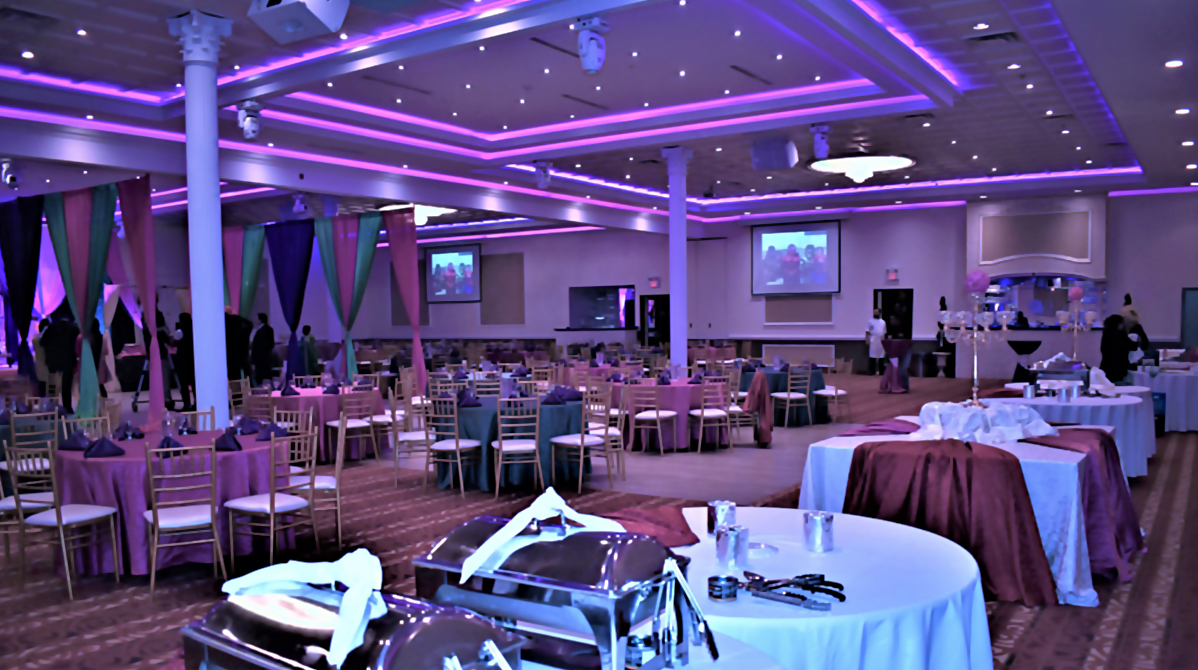The Ban of Incandescent Lights:
A Bright Future for Energy Efficiency
In recent years, there has been a push towards greater energy efficiency and sustainability. One significant step towards achieving these goals has been the ban of incandescent lights in many countries around the world. This article will explore the rationale behind the ban, the benefits of alternative lighting options, and the potential impacts on consumers and the environment.
The Inefficiency of Incandescent Lights
Incandescent lights have been the most commonly used lighting for over a century. However, there are major drawbacks when it comes to energy consumption. These traditional light bulbs work by heating a filament until it becomes white-hot and emits light. The process of generating light through heat is highly inefficient, with more than 90% of the energy consumed wasted as heat rather than light.
The Case for Energy Efficiency
With concerns about climate change and the need to reduce greenhouse gas emissions, governments and international organizations are actively promoting energy-efficient lighting solutions. Incandescent lights have become a symbol of wastefulness and high energy consumption, leadingto their banin many regions.
The Benefits of Alternative Lighting Options
One of the main alternatives to incandescent lights is compact fluorescent lamps (CFLs). CFLs use up to 75% less energy than incandescent bulbs and last up to ten times longer. Although CFLs were initially more expensive than incandescent bulbs, their prices have decreased significantly in recent years, making them a cost-effective choice in the long run.
Another popular alternative is light-emitting diode (LEDs).LEDs use even less energy than CFLs and have an extremely long lifespan, offering consumers substantial energy and money savings over time. Additionally, LED technology provides greater design flexibility, allowing for the creation of various lighting fixtures and customizable lighting effects.
The Impact on Consumers
Initially, some individuals may have been reluctant to switch to alternative lighting options due to higher upfront costs. However, the long-term cost savings and increased lifespan of these alternatives have proven to outweigh the initial investment.
Moreover, the availability of a wide range of alternative lighting options has ensured that consumers can find a suitable replacement for incandescent lights that meets their specific needs. Whether it’s warm or cool lighting, dimmable options, or compatibility with existing fixtures, there is a solution for every scenario.
Environmental Benefits
The ban on incandescent lights has had a positive impact on the environment. By reducing energy consumption, countries have been able to lower their carbon footprint and decrease the demand for electricity generated from fossil fuels. This, in turn, helps combat climate change and air pollution.
Furthermore, the extended lifespan of alternative lighting options means fewer bulbs end up in landfills, reducing electronic waste. CFLs and LEDs do not contain mercury, which is found in small amounts in incandescent bulbs.
Conclusion
The ban on incandescent lights has paved the way for a brighter and more energy-efficient future. While the phasing out of these traditional bulbs may have initially raised concerns, the availability and affordability of alternative lighting options have proven to be a game-changer. By embracing technologies like CFLs and LEDs, consumers can enjoy significant energy and cost savings, while also contributing to the global efforts towards sustainability and environmental preservation.
